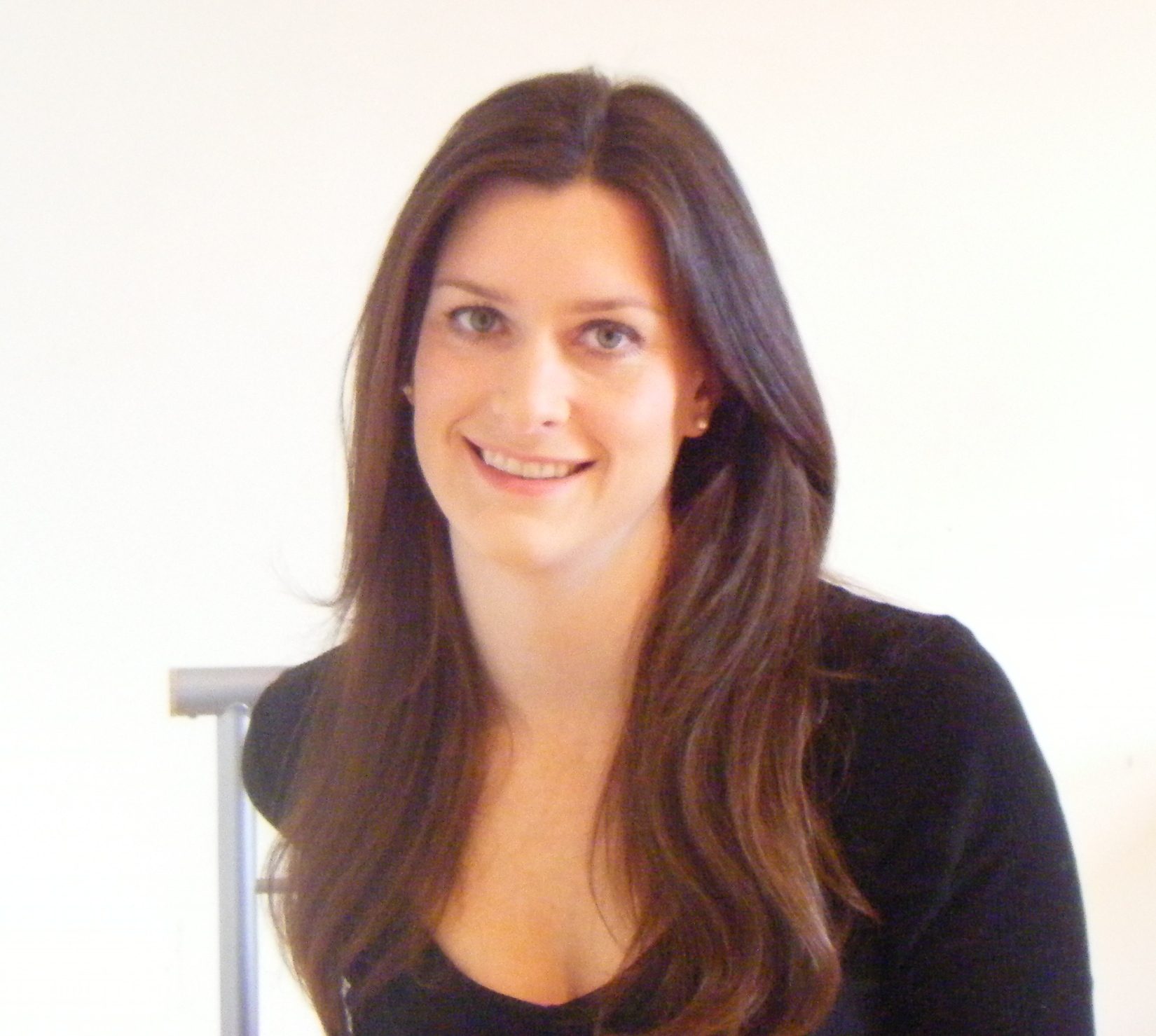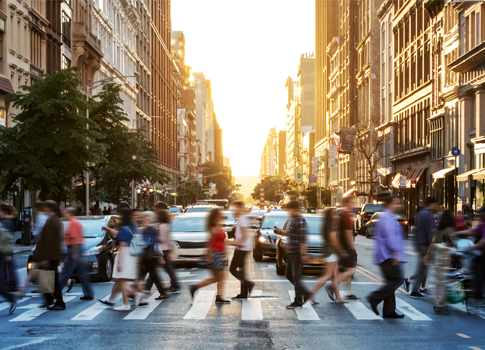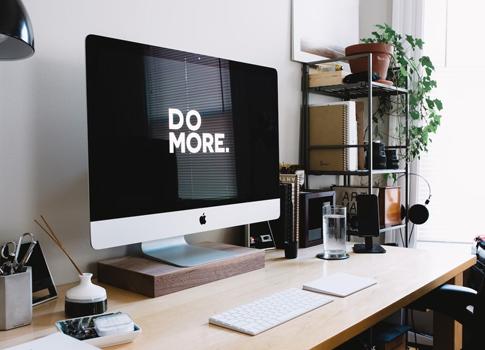Let’s face it, most of us have been there. January looms and we make grand plans to exercise more, eat more healthily or more sustainably. Come February, the majority of us have given up and gone back to our old habits. It’s a prime example of setting an intention and not following through.
This is the intention-action gap and it occurs when our values, attitudes or intentions don’t match our actions. It’s one of the most studied topics in behavioural science and it’s particularly relevant when it comes to sustainability. Many of us have a strong desire to be more sustainable and protect our planet, however, our actions often don’t live up to our intentions. For example, despite the majority of people saying they want sustainable products, only a minority routinely buy them.
Shaking off old habits
One key reason that our intentions don’t always translate into behaviour is habit. Many of our everyday behaviours are habitual and the same is true with sustainable behaviours, such as food consumption, choice of transportation, energy and resource use, shopping and disposal of products. By understanding how these habits are formed we can identify ways to close the intention-action gap and drive more sustainable behaviours.
Habits are our brain’s way of increasing its efficiency. Our brain turns daily actions into habits, so we can do them automatically, without too much thought, thus freeing up our cognitive resources for other challenges. Imagine if we had to explicitly think through behaviours like washing our hands every time we use the bathroom.
The process is often described as a ‘habit loop’, comprising three components – a cue, a routine and a reward. In this loop, a cue triggers your brain to go into automatic mode and tells it which habit to use; you then play out your routine. Next, comes a reward which your brain uses to determine if this habit loop is valuable to remember.
By understanding the habit loop, we can look for ways to disrupt bad habits and encourage good ones. Advertising can be particularly effective in the cue stage and is an influential factor to forming sustainable habits.
Using creative to drive sustainability
Habits are triggered by particular cues or contexts. A cue could be a certain location, time of day, person, preceding action or emotional state. When you’re looking to disrupt an existing or engender a new habit, it can help to analyse and identify the existing or potential cues to facilitate this.
Creative can be used to link a particular trigger to your brand, product or service. A famous example comes from Pepsodent toothpaste. In the US, at the start of the 20th Century, very few people brushed their teeth and dental health was a serious problem. Claude Hopkins, the creative genius behind its ads knew he needed to find a trigger that would create a need for the toothpaste’s daily use. He read about the mucin plaques on teeth, which he called the “film”. By alerting consumers to the film you feel when you run your tongue along your teeth in Pepsodent’s advertising, he was able to shift behaviour in millions of Americans. This was one of the key drivers in the mass adoption of toothpaste and habitual teeth brushing and is a strategy that can be harnessed to drive the uptake of sustainable behaviours.
Behaviour can also be linked with other habits already in consumers’ repertoire, a concept known as ‘piggybacking’. For example, Febreze, the air freshener from P&G, was successfully marketed to consumers as the ‘finishing touch’ at the end of a cleaning routine. It became a habit that was initially triggered by the end of a cleaning routine and gradually became the inextricable reward part of the routine itself.
Media strategies can also tap into triggers by prompting people at the right time or in the right location, to disrupt an existing habit or encourage a new one. For example, for a recent campaign, Carabao focused its digital outdoor activity onto relevant rail stations in the early mornings. This created a trigger moment for one of its core audiences: manual labourers in need of an early energy fix.
Finally, there are key moments in all of our lives, when the cues that drive habitual behaviour get disrupted naturally. Major life changes provide one of the easiest opportunities to create new habits, since they change the context and disrupt existing routines so completely.
Many moments of change provide opportunities to encourage sustainable behaviours, such as moving house, getting married, starting a new job, becoming a parent or kids starting school. There are plenty of discrete digital opportunities to target consumers at these moments.
Moreover, we have all undergone a major life change in the last 18 months due to the global pandemic. Many of our behaviours around food consumption, transport, energy use, working and shopping have been shifted significantly, providing a new space to replace with new habits. Sustainable brands should be looking to seize upon this unique moment of change to change habits and bring about lasting pro-environmental behaviours.
This article was written by our head of behave, Jane Leighton and was originally published in Creativebrief.






